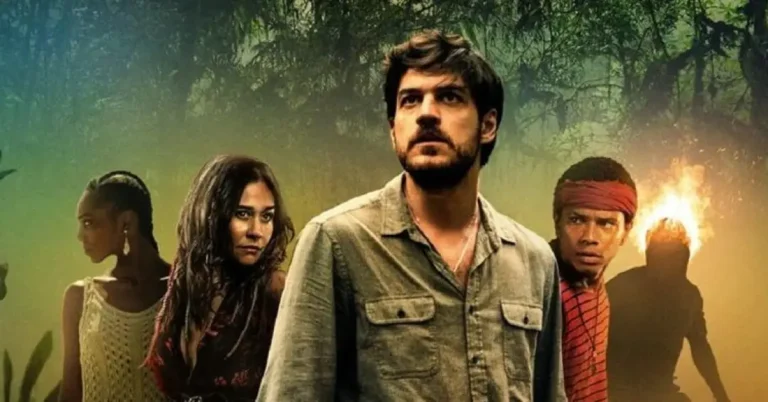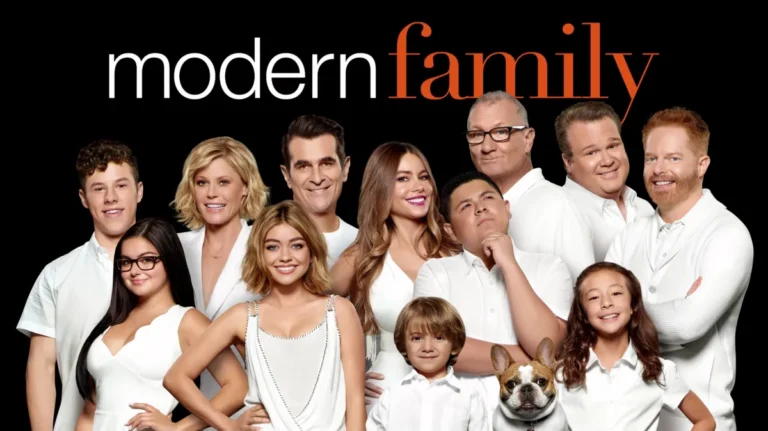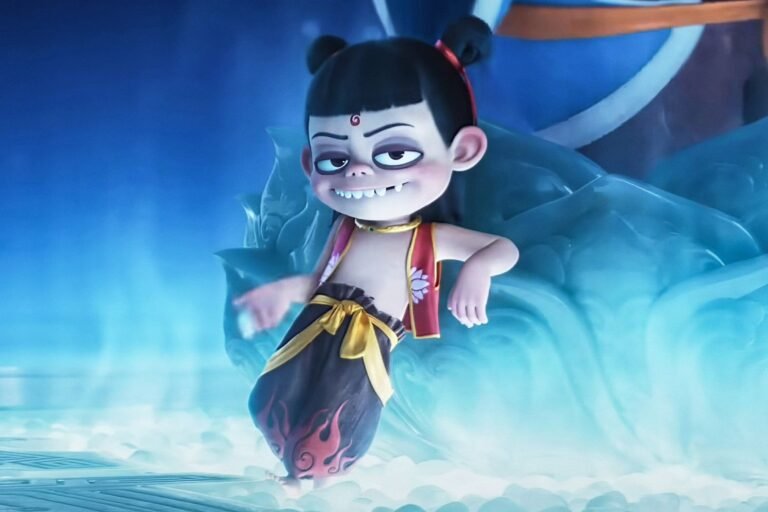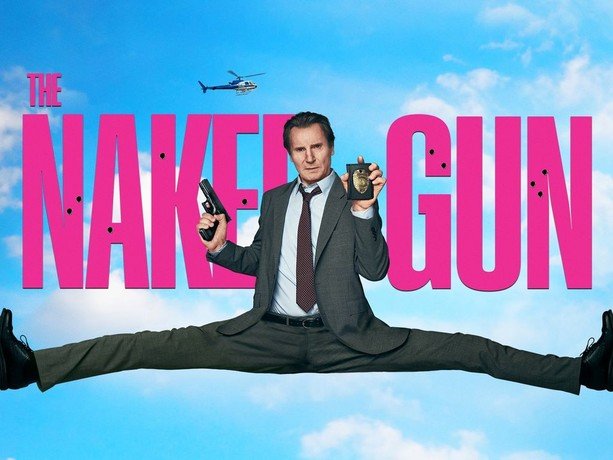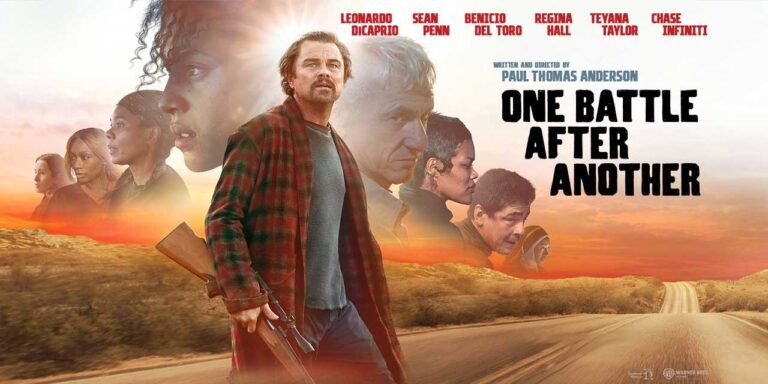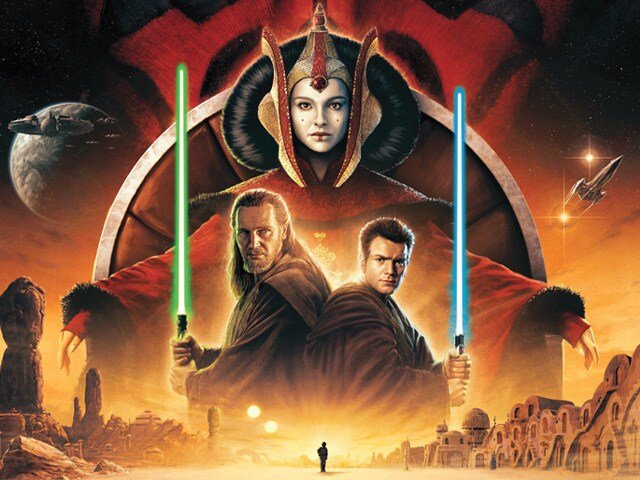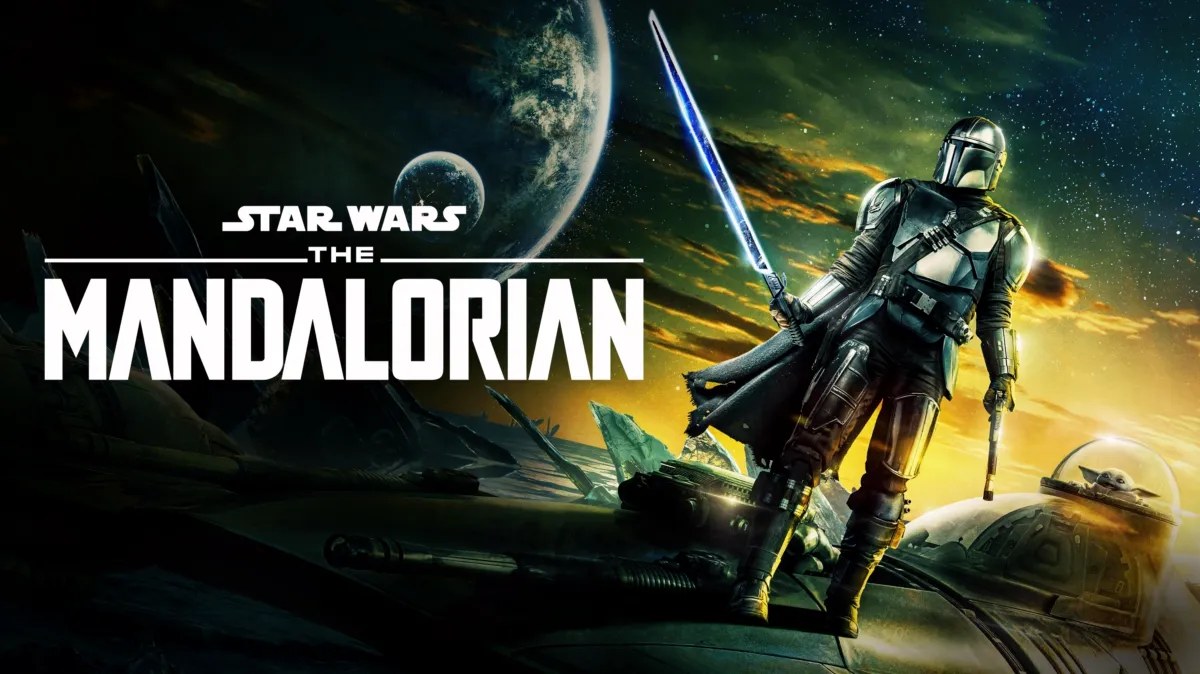
As a fan of the Star Wars franchise, I approached Disney+’s The Mandalorian series with great enthusiasm, ready for a pleasant surprise. And, to my delight, that’s exactly what happened. This gritty, Western-inspired take on the beloved sci-fi universe captured my attention in a way the main film saga has struggled to do in recent years.
The series, created by Jon Favreau, takes us on a journey through the lawless outer reaches of the galaxy, following the exploits of a lone Mandalorian bounty hunter (played by the charismatic Pedro Pascal). From the very first episode, it’s clear that The Mandalorian is drawing heavy inspiration from the classic spaghetti westerns of the 1950s and 60s, with its rugged protagonist, dusty desert landscapes, and morally ambiguous characters.
As I mentioned in my video review, the series is a loving homage to the films that inspired George Lucas when he first conceived the original Star Wars trilogy. The Mandalorian himself is a quintessential western archetype – a taciturn, stoic loner who finds himself reluctantly drawn into protecting a vulnerable child (the now-iconic Baby Yoda) from the clutches of a dangerous Imperial remnant.
Capturing the Spirit of the Spaghetti Western
One of the most striking aspects of The Mandalorian is the way it seamlessly blends the gritty, pulp sensibilities of the spaghetti western with the expansive, fantastical world of Star Wars. From the opening sequence, where the Mandalorian engages in a classic saloon brawl, to the numerous high-stakes showdowns and narrow escapes that punctuate the series, the show’s DNA is firmly rooted in the traditions of the western genre.
Yet, the series never feels like a simple pastiche or homage. Rather, it takes those familiar tropes and archetypes and infuses them with the rich tapestry of the Star Wars universe, creating something that feels both comfortingly familiar and refreshingly novel.
As I noted in my video, the series is filled with subtle nods and references to iconic spaghetti westerns, from the Mandalorian’s distinctive poncho-like cape to the way he moves and carries himself, evoking the rugged grace of classic western heroes. Even the series’ score, composed by Ludwig Göransson, has a distinctly Morricone-esque quality, with its haunting, minimalist melodies and percussive rhythms.
The Mandalorian: A Taciturn, Stoic Protagonist
At the heart of The Mandalorian is the titular character, a Mandalorian bounty hunter whose face is never fully revealed, in keeping with the strict cultural traditions of his people. Played with a captivating blend of stoicism and vulnerability by Pedro Pascal, the Mandalorian is a fascinating protagonist – a man of few words, but whose actions and subtle expressions speak volumes.
As I mentioned in my video, the decision to cast such a recognizable actor in a role that requires him to keep his face hidden for the majority of the series is a bold and intriguing one. Rather than opting for a more anonymous performer, the showrunners have chosen to lean into the Mandalorian’s inherent mystique and the audience’s familiarity with Pascal’s screen presence.
This choice pays off in spades, as Pascal imbues the character with a rugged, almost mythic quality, conveying a wealth of emotion and nuance through his body language and the subtle inflections of his voice. The Mandalorian may be a man of few words, but in Pascal’s hands, he becomes a richly compelling and multifaceted figure, one whose journey of redemption and self-discovery is the driving force of the series.
The Mandalorian’s Moral Ambiguity
One of the most intriguing aspects of The Mandalorian is the way it embraces the moral ambiguity of its protagonist. Unlike the clear-cut heroes of the original Star Wars trilogy, the Mandalorian occupies a more morally complex space, operating in the gray areas between good and evil.
As a bounty hunter, the Mandalorian is no stranger to violence and the taking of life. Yet, the series subverts our expectations by gradually revealing the character’s hidden depths and sense of honor, as he finds himself increasingly drawn to protecting the vulnerable child in his care, even at great personal risk.
This moral ambiguity is further explored through the series’ supporting cast, which includes a diverse array of characters whose motivations and allegiances are often murky and shifting. From the enigmatic Imperial officer Moff Gideon (played with delicious menace by Giancarlo Esposito) to the Mandalorian’s uneasy allies, the show revels in the shades of gray that define the post-Empire power struggle.
By embracing this moral complexity, The Mandalorian avoids the simplistic good-versus-evil dichotomy that has sometimes plagued the Star Wars franchise, instead offering a more nuanced and compelling exploration of the consequences of violence and the nature of heroism.
The Mandalorian’s Episodic Structure
Another key aspect of The Mandalorian that sets it apart from previous Star Wars stories is its episodic structure. Rather than following a single, overarching narrative, the series is structured as a series of self-contained adventures, each with its own distinct setting, characters, and conflict.
As I noted in my video, this episodic approach allows the series to fully embrace its spaghetti western influences, with each episode feeling like a mini-movie in its own right. The Mandalorian is constantly on the move, traveling from one remote outpost to the next, taking on new bounty hunting jobs and encountering a diverse array of characters and challenges along the way.
This structure also allows the series to showcase the talents of a diverse array of directors, with each episode helmed by a different filmmaker. From established names like Taika Waititi and Bryce Dallas Howard to up-and-coming talents, the series has assembled an impressive roster of directorial voices, each bringing their own unique style and sensibilities to the Star Wars universe.
The result is a series that feels refreshingly unpredictable and episodic, with each installment offering a self-contained adventure that still manages to advance the overarching narrative and deepen our understanding of the Mandalorian and the world he inhabits.
The Mandalorian and the Larger Star Wars Universe
While The Mandalorian is very much its own distinct entity, the series is also deeply connected to the larger Star Wars universe, drawing on the rich tapestry of lore and mythology that has been built up over the course of the films and animated series.
From the inclusion of familiar elements like the Imperial remnant and the mysterious powers of the Yoda-like child, to the series’ exploration of the Mandalorian culture and its warrior traditions, The Mandalorian is constantly finding ways to expand and enrich the Star Wars mythos.
As I mentioned in my video, the series is a treasure trove of potential for future storytelling, with numerous threads and plot points that could be further developed in future seasons or even spin-off projects. The Mandalorian’s journey of redemption, the ongoing power struggle between the Imperial remnant and the emerging New Republic, and the deeper mysteries surrounding the Yoda-like child – all of these elements offer rich narrative possibilities that could be explored in exciting new directions.
At the same time, The Mandalorian never feels beholden to the larger Star Wars canon, instead carving out its own distinct identity and tone. The series is confident in its ability to stand on its own merits, drawing inspiration from the franchise’s rich history while forging its own unique path forward.
A Gritty, Captivating Addition to the Star Wars Universe
In the end, The Mandalorian is a triumph of both style and substance, a series that manages to capture the gritty, pulp sensibilities of the spaghetti western while still remaining firmly rooted in the expansive, fantastical world of Star Wars.
With its captivating protagonist, morally ambiguous storytelling, and episodic structure that allows for a diverse array of directorial voices, the series has quickly established itself as one of the most compelling and distinctive entries in the Star Wars canon.
As I expressed in my video review, I was pleasantly surprised by The Mandalorian and found myself thoroughly engaged and entertained by its unique blend of western and sci-fi elements. It’s a series that has managed to reignite my interest in the Star Wars universe, and I can’t wait to see where the Mandalorian’s journey takes him next.
The Mandalorian seamlessly blends the gritty, pulp sensibilities of the spaghetti western with the expansive, fantastical world of Star Wars.
Pedro Pascal delivers a captivating performance as the taciturn, stoic Mandalorian protagonist, imbuing the character with a rugged, almost mythic quality.
The series embraces moral ambiguity, avoiding the simplistic good-versus-evil dichotomy that has sometimes plagued the Star Wars franchise.
The episodic structure allows for a diverse array of directorial voices and self-contained adventures, while still advancing the overarching narrative.
The Mandalorian is deeply connected to the larger Star Wars universe, but also carves out its own distinct identity and tone.
